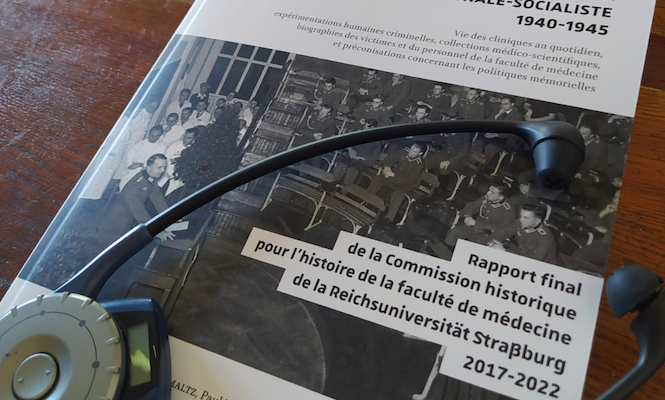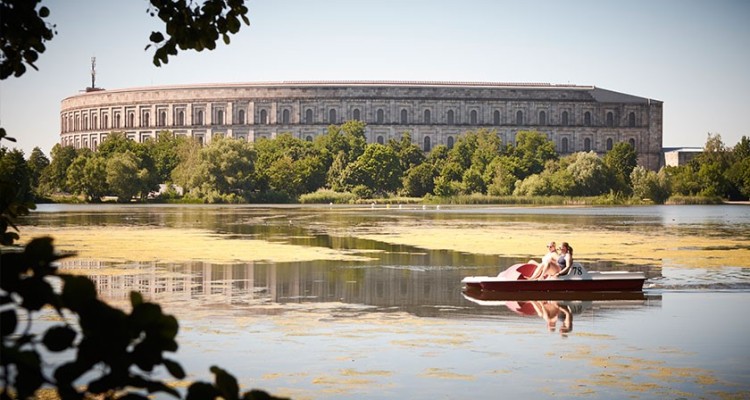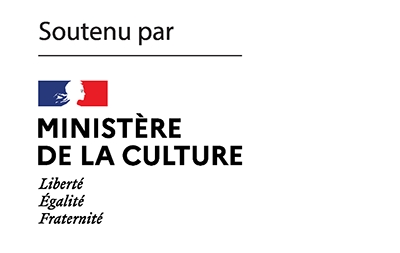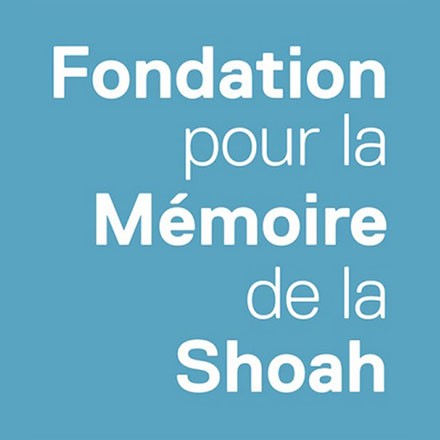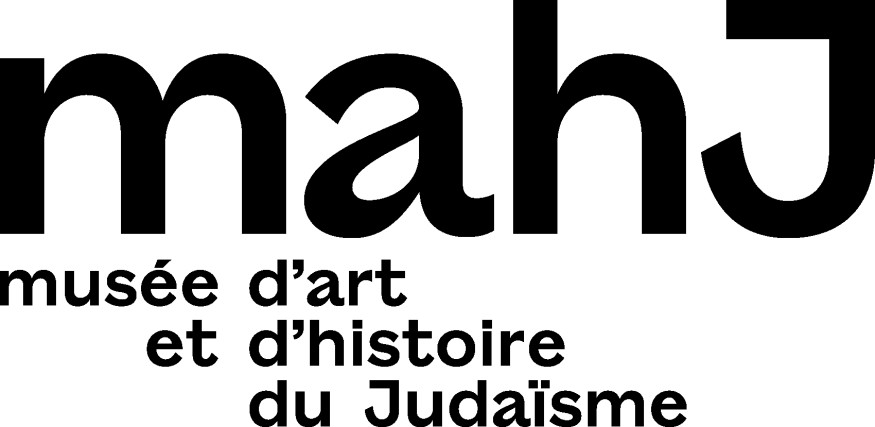Nazism
Do today’s music lovers and discophiles feel embarrassed when they listen to recordings of the great performers who played, between 1933 and 1945, without any qualms, for the Nazi leaders? This is the case of Philippe Olivier, a music historian and opera specialist – particularly Wagner – for whom this question is not insignificant and who wonders about his own relationship with this musical heritage.
Created in 1941, following the annexation of Alsace-Moselle to the Reich, the Reichsuniversität Straßburg was part of the Nazis’ plan to Germanise its annexed territories. What exactly happened within the walls of the University when it was in Nazi hands? We know, for example, that the director of its anatomy institute built up a collection of skeletons of murdered Jews… In 2016, an international and independent Historical Commission was set up, whose mission was to shed light on the history of the Reichsuniversität between 1941 and 1944. The Commission’s aim was to evaluate the University’s medical collections to ensure that no human remains from victims of Nazism were still in the collections, and to provide recommendations for the ethical training of current and future medical staff. Review of the Commission’s final report..
Suspecting that the Germans care about the monuments of Nazism because they reflect a promise of greatness that unconsciously serves as a consolation to the perpetrators, Katharina Volckmer, a young German writer living in London, reminds us that Nazism was utterly abject. That no monuments to Hitler’s wet fantasies should be maintained; that no one needs them to remember German crimes. They only serve to make life in Germany unbearable for those who see their true purpose: to allow Germans to say to themselves that, after all, “it looked good”.
Join us
With the support of:
Thanks to the Paris office of the Heinrich Böll Foundation for their cooperation in the design of the magazine’s website.

